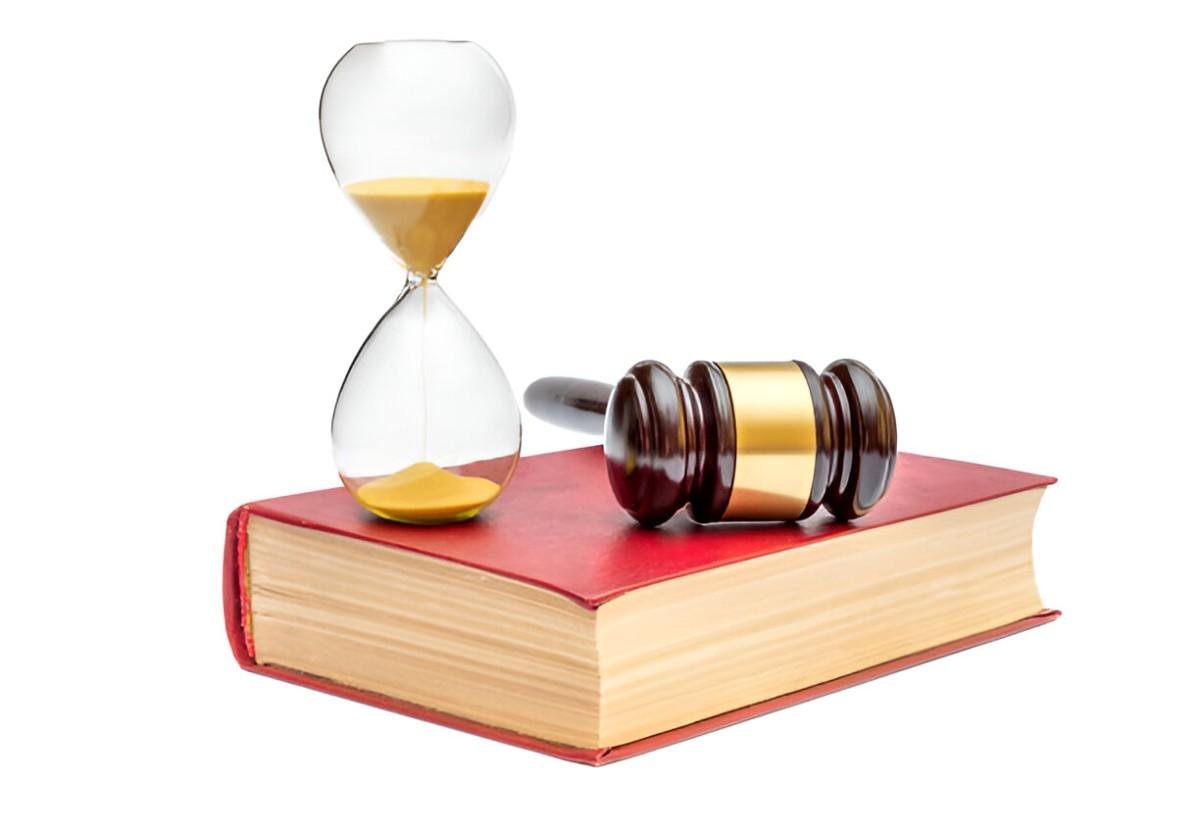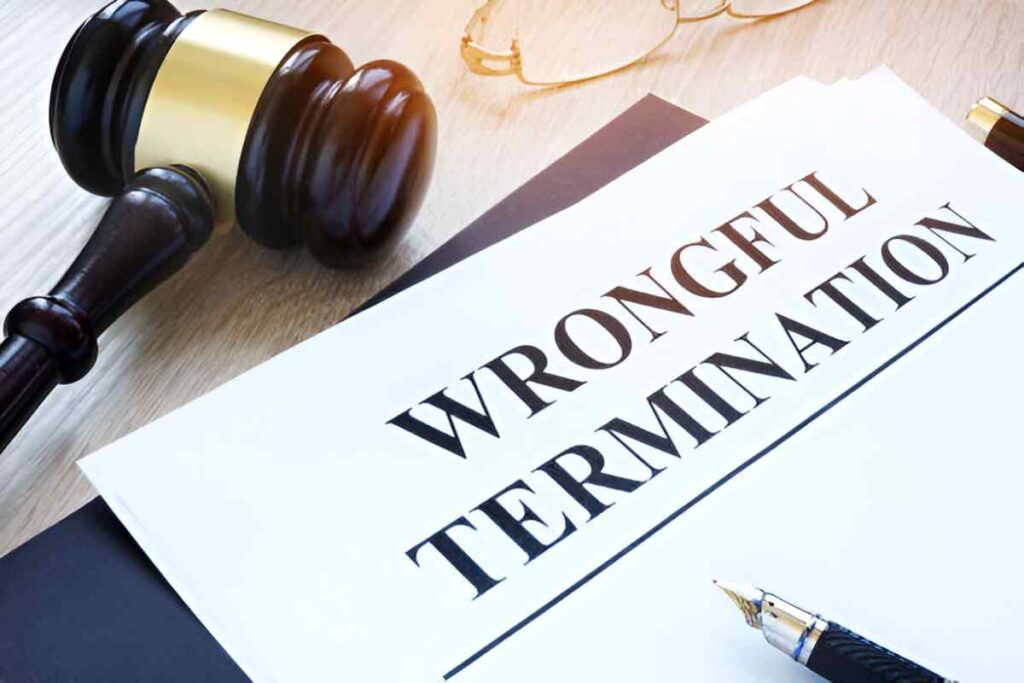Introduction
As someone who has navigated the complexities of legal doctrines, I find laches to be one of the most intriguing yet misunderstood principles in U.S. law. Unlike statutes of limitations, which impose rigid deadlines, laches operates in equity—focusing on fairness rather than fixed timelines. In this guide, I break down laches in plain terms, explore its mathematical underpinnings where relevant, and provide real-world examples to clarify its application.
Table of Contents
What Is Laches?
Laches is an equitable defense that prevents a plaintiff from bringing a claim if they unreasonably delayed filing it, causing prejudice to the defendant. The doctrine stems from the Latin maxim “vigilantibus non dormientibus aequitas subvenit”—equity aids the vigilant, not the idle.
Key Elements of Laches
For laches to apply, two core elements must exist:
- Unreasonable Delay: The plaintiff waited too long to assert their rights.
- Prejudice: The defendant suffered harm due to this delay.
Courts assess these factors on a case-by-case basis, weighing fairness over rigid timelines.
Laches vs. Statutes of Limitations
While both doctrines address delay, they differ fundamentally:
| Factor | Laches | Statutes of Limitations |
|---|---|---|
| Legal Basis | Equity | Statutory Law |
| Flexibility | Case-specific | Fixed deadlines |
| Application | Civil, often in property disputes | Criminal and civil cases |
| Prejudice Needed | Yes | No |
For example, if I sue my neighbor over a property boundary after 20 years of inaction, laches may bar my claim—even if the statute of limitations hasn’t expired—because my delay unfairly disadvantages my neighbor.
Mathematical Modeling of Laches
Legal doctrines rarely involve math, but we can model laches using probability and time-value concepts. Suppose:
- Let t_d = time of delay.
- Let P(t_d) = probability of prejudice increasing over time.
A simple linear model could be:
P(t_d) = k \cdot t_d
where k is a case-specific constant.
If P(t_d) exceeds a judicial threshold, laches applies.
Example Calculation
Assume:
- k = 0.1 (prejudice grows at 10% per year).
- t_d = 8 years.
Then:
P(8) = 0.1 \times 8 = 0.8 (80% probability of prejudice).
A court may rule this delay unreasonable.
Real-World Applications
1. Intellectual Property Cases
In Petrella v. Metro-Goldwyn-Mayer, the Supreme Court ruled laches couldn’t bar copyright claims within the statute of limitations. However, equity courts still apply laches in trademark disputes.
2. Property Disputes
If I ignore a neighbor’s encroachment for decades, laches may prevent me from later claiming ownership. Courts argue my inaction misled the neighbor into believing the boundary was accepted.
3. Contract Law
A contractor who waits 15 years to demand payment may lose their claim—especially if records are lost or witnesses unavailable.
Socioeconomic Factors in Laches
The doctrine disproportionately affects marginalized groups. For instance:
- Low-Income Plaintiffs: May lack resources to pursue claims promptly.
- Corporate Defendants: Often invoke laches against individuals, leveraging legal asymmetry.
A 2019 study found laches defenses succeed 37% more often against pro se litigants than represented plaintiffs.
Defending Against Laches
If I face a laches defense, I might counter with:
- Evidence of Active Pursuit: Show I didn’t sleep on my rights.
- No Prejudice: Prove the defendant wasn’t harmed by delay.
- Statutory Savings Clause: Some laws override laches.
Conclusion
Laches serves as a judicial safeguard against stale claims, balancing fairness with legal certainty. While it lacks the predictability of statutes of limitations, its flexibility ensures equitable outcomes. Understanding its nuances helps me—and you—navigate disputes with greater clarity.





